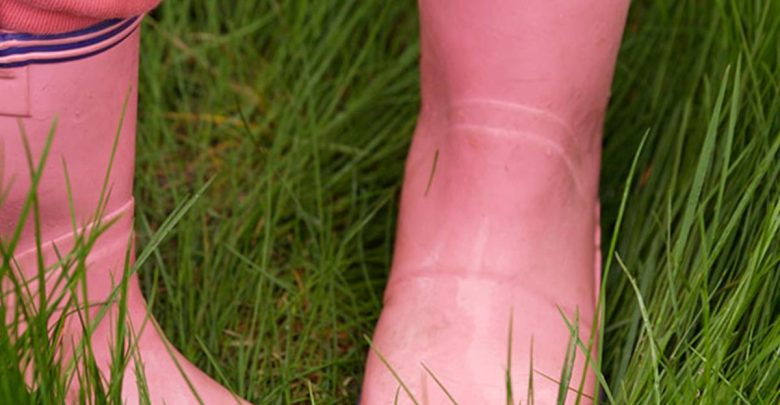Health
Pigeon-Toed Gait –A Treatable Nuisance

Pigeon-toed gait, also referred to as in-toeing, is walking or running condition in which a person’s toes turn in. This condition is more common in children than adults, most outgrowing it before age eight or before their adolescent years. Surgery is only suggested as a possible treatment for pigeon-toed gait.
What Causes Pigeon-toed gait?
Three circumstances can lead to a pigeon toed gait:

- The foot turns from the outside in when the metatarsus is adducted. The baby’s feet turn inward at the front because there isn’t enough room to grow inside the uterus.
- Tibial torsion, a type of in-toeing gait brought by the twisting of the shinbone, is typically present by age 2.
- Femoral anteversion: Girls are more likely than boys to have their thigh bones turn in by the time they are three years old.
The in-toeing gait doesn’t hurt and does not make you more likely to develop arthritis. However, it is advised to bring your child to a doctor if their in-toeing gait causes them discomfort, swelling, or if it causes them to limp while walking or running.
In cases of metatarsus adductus, the symptoms are frequently apparent at birth or shortly after. Even at rest, one or both of one’s baby’s feet will be pointed inward. When a child has tibial torsion, the signs might not be apparent until they take their first steps and both feet turn inward.
Femoral anteversion is characterized by one child’s foot and knee turning inward and frequently present by age 5 or 6. Additionally, if the child stands still, it might be apparent. According to studies, exercises, braces, and specialty footwear are ineffective treatments for pigeon-toed gait.
Pigeon-toed gait is Treatable.
Children with moderate to mild pigeon-toed gait typically outgrow them without receiving any treatment. The bones will naturally realign themselves over time, though it may take a few years. But infants with severe metatarsus adductus might need to wear a cast on the impacted foot or feet for a couple of weeks.
It is recommended to see a foot specialist for a qualified assessment if one is unsure of their child’s pigeon-toed gait condition. A qualified podiatrist can also evaluate the child and help determine the best course of action for promoting a healthy gait and posture. Wearing particular shoes that are made to fit a child’s foot shape and physiotherapy are a couple of the common treatments for pigeon-toed gait.
Early intervention is essential in resolving postural malformations, slight misalignments, and gait irregularities like pigeon-toed gait throughout growth because children’s feet are highly moldable. Early intervention can also save any significant complexities in the future.





